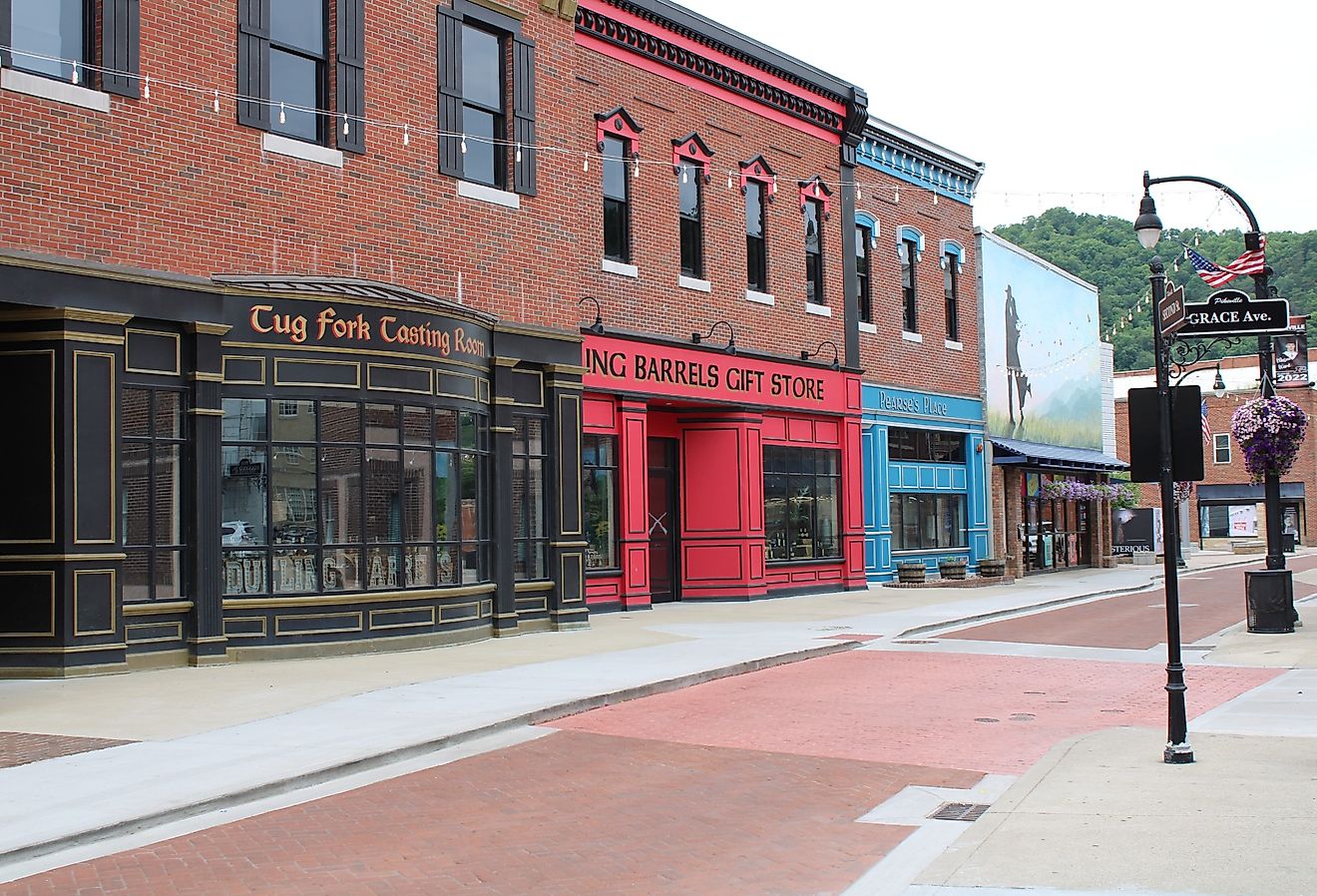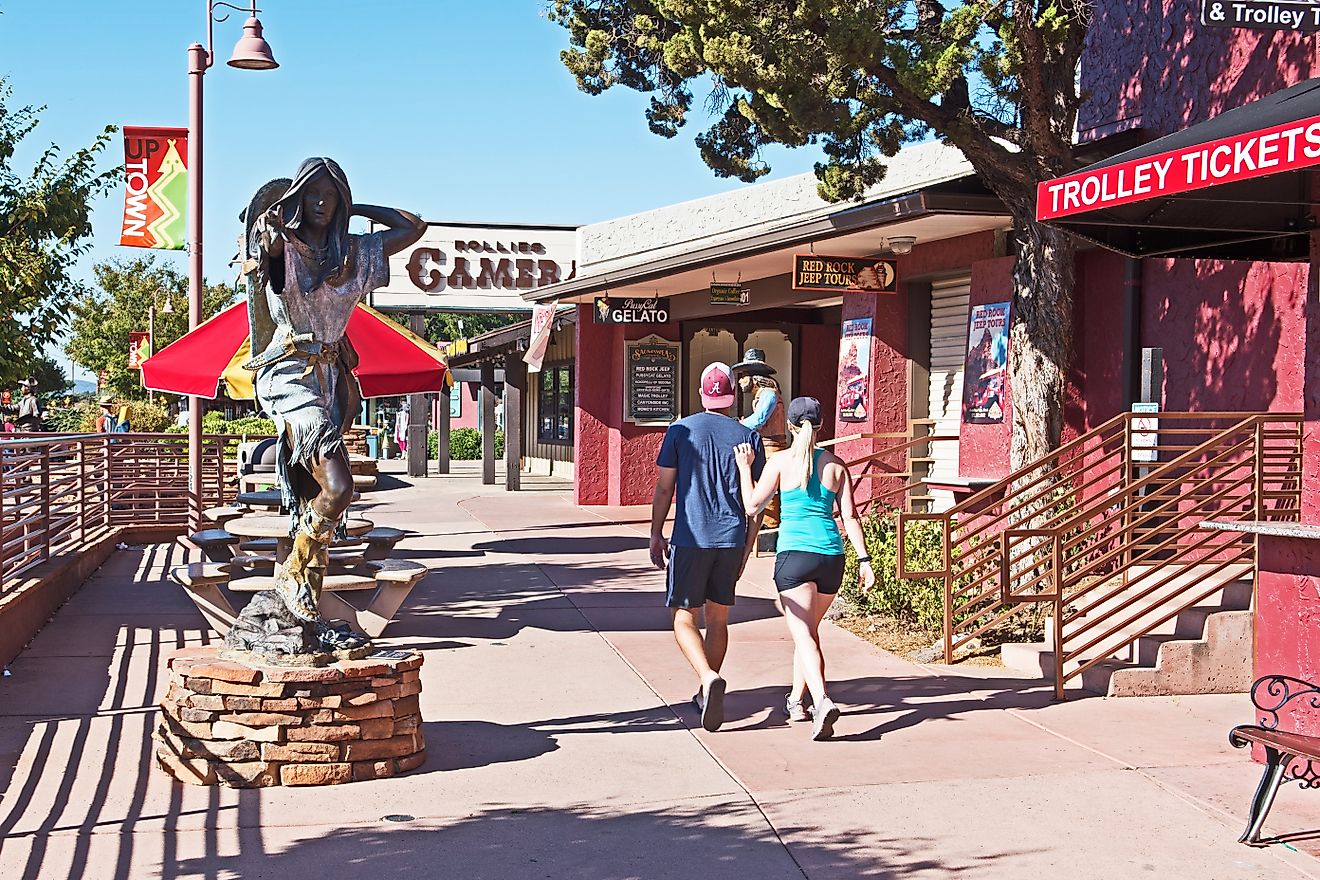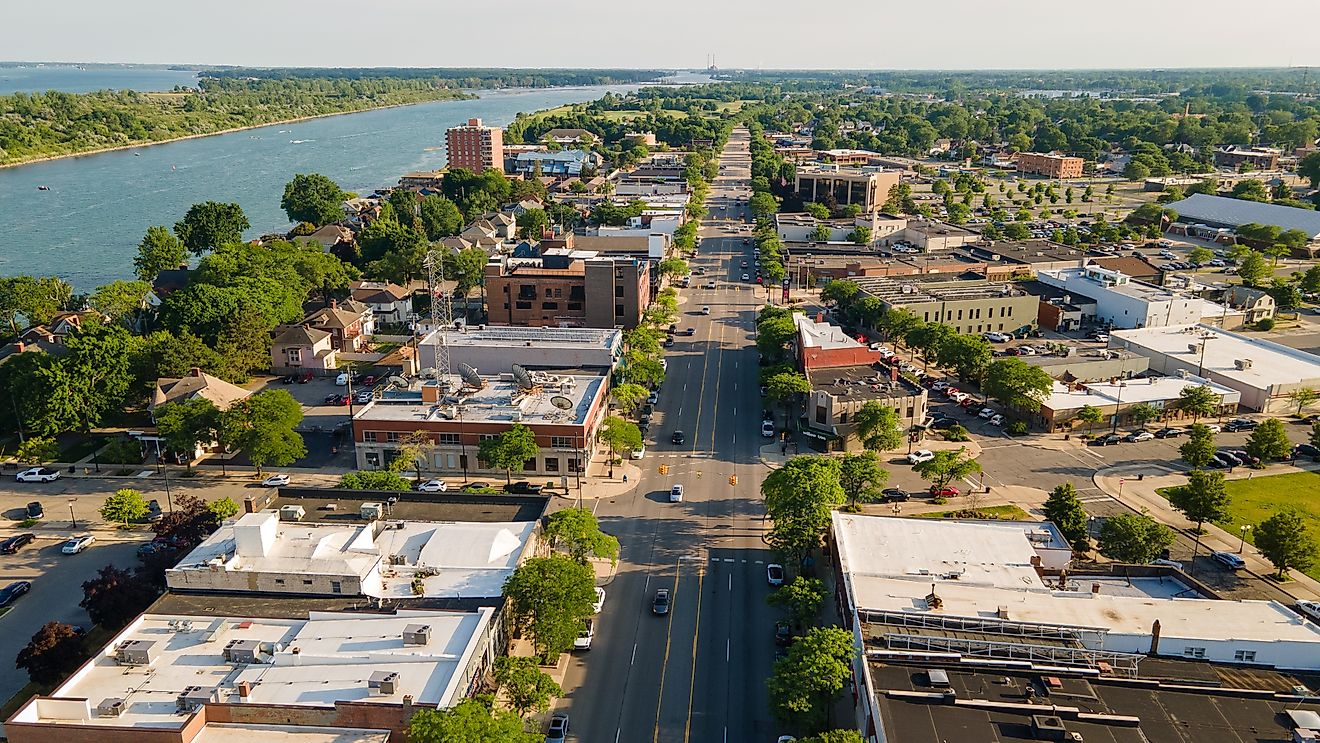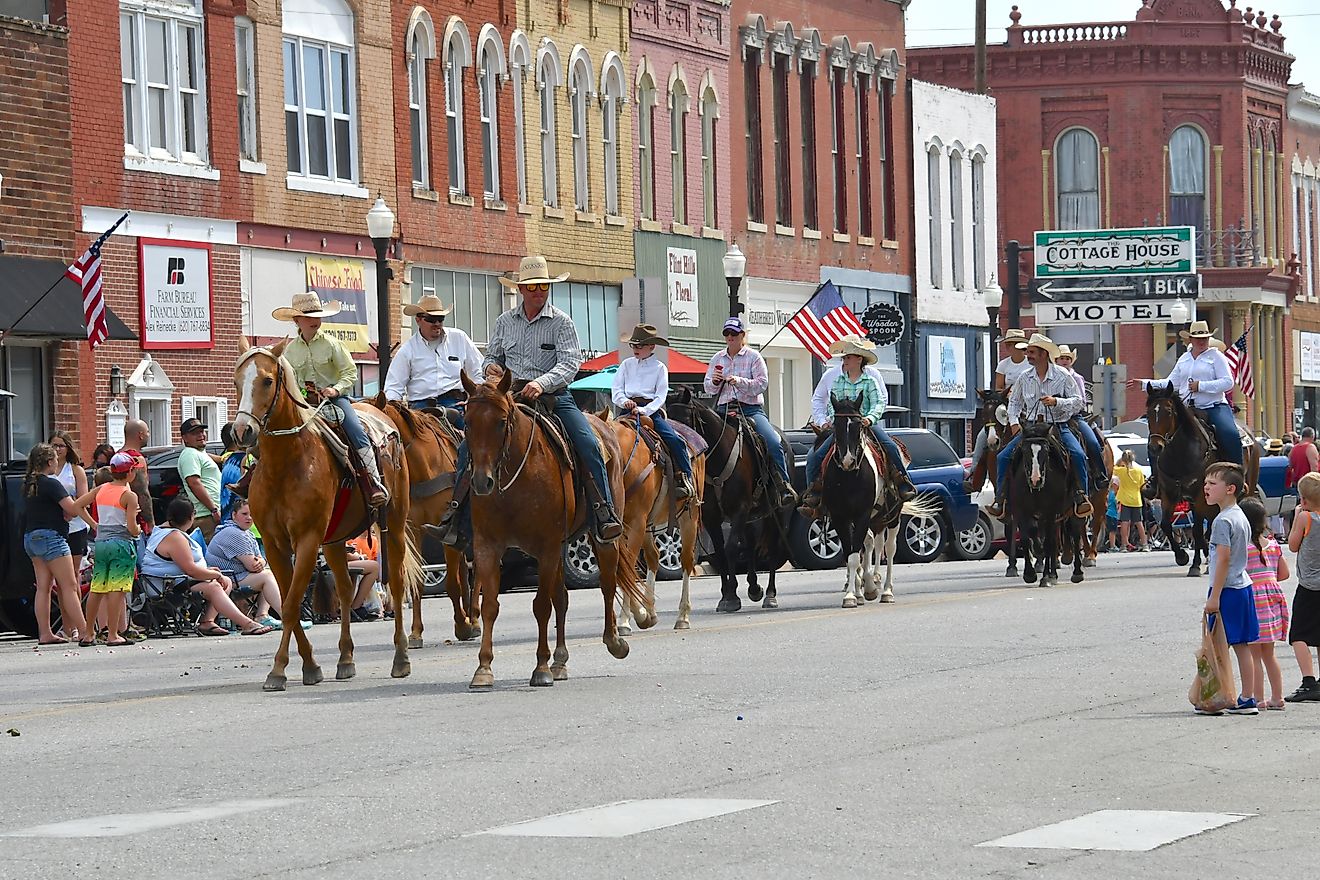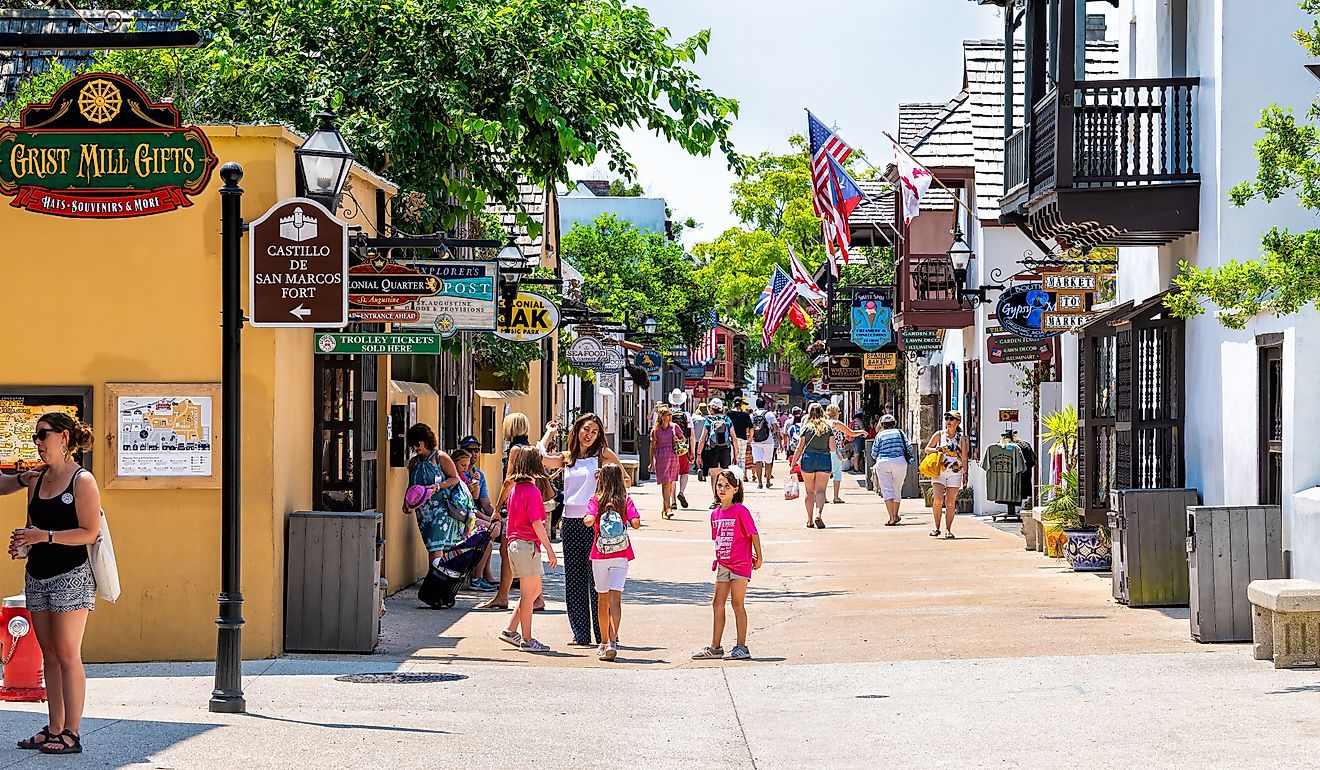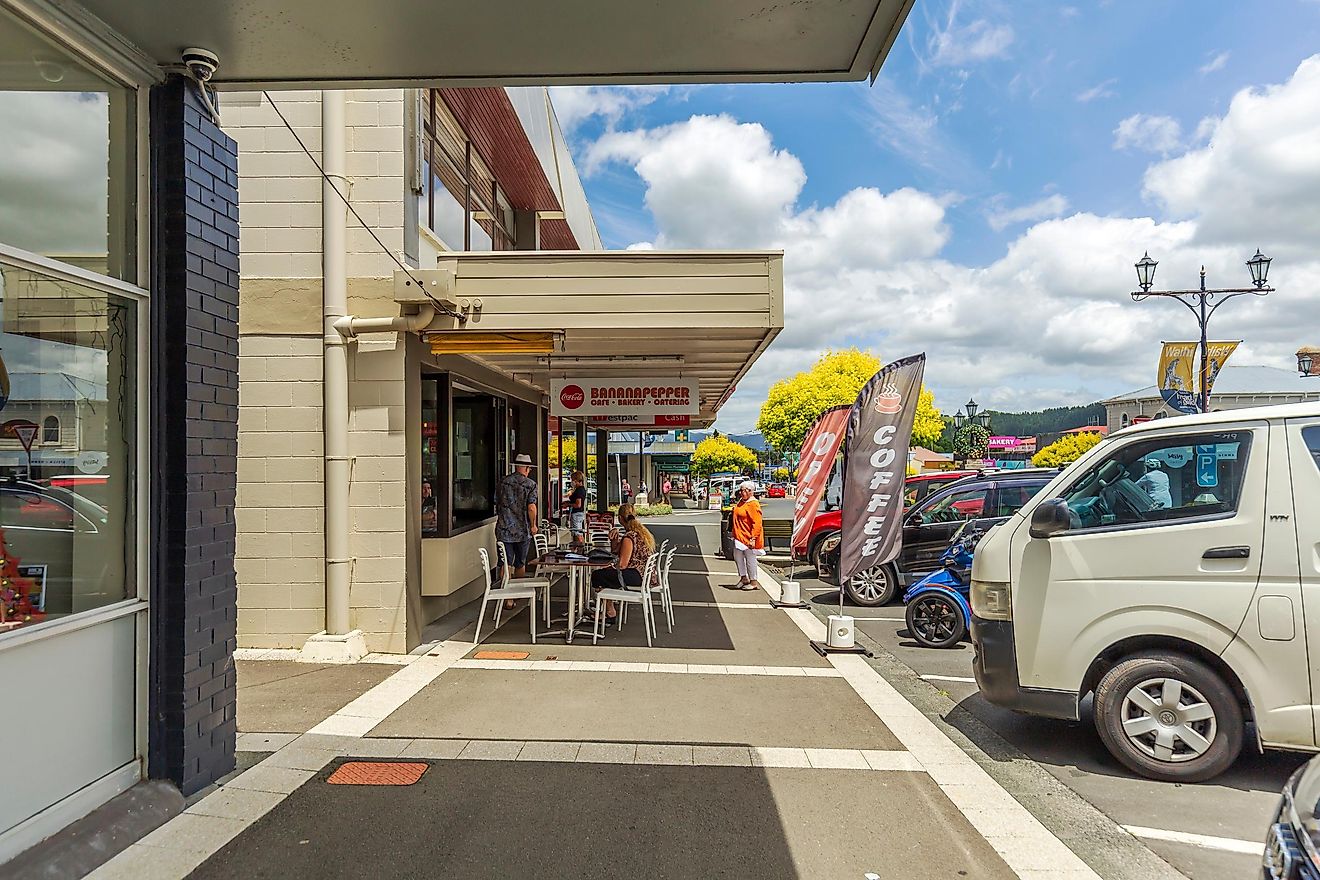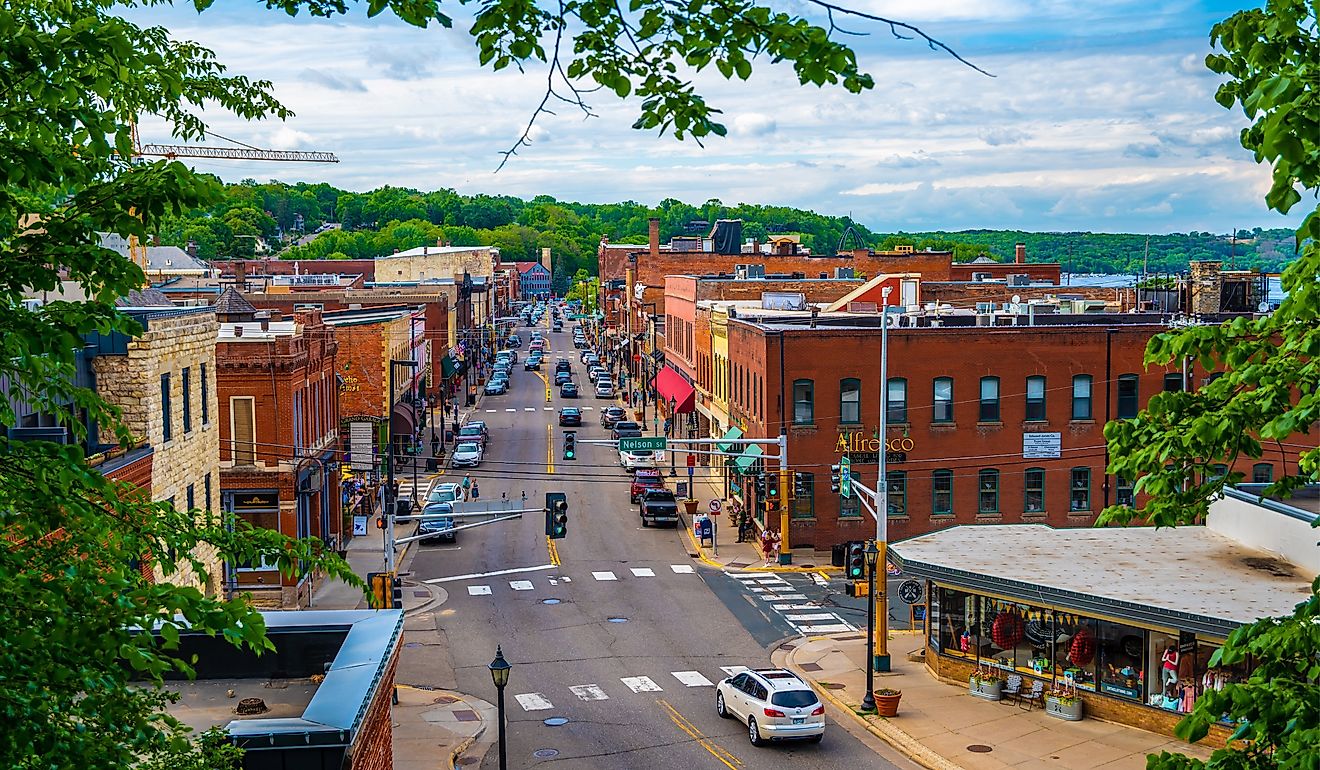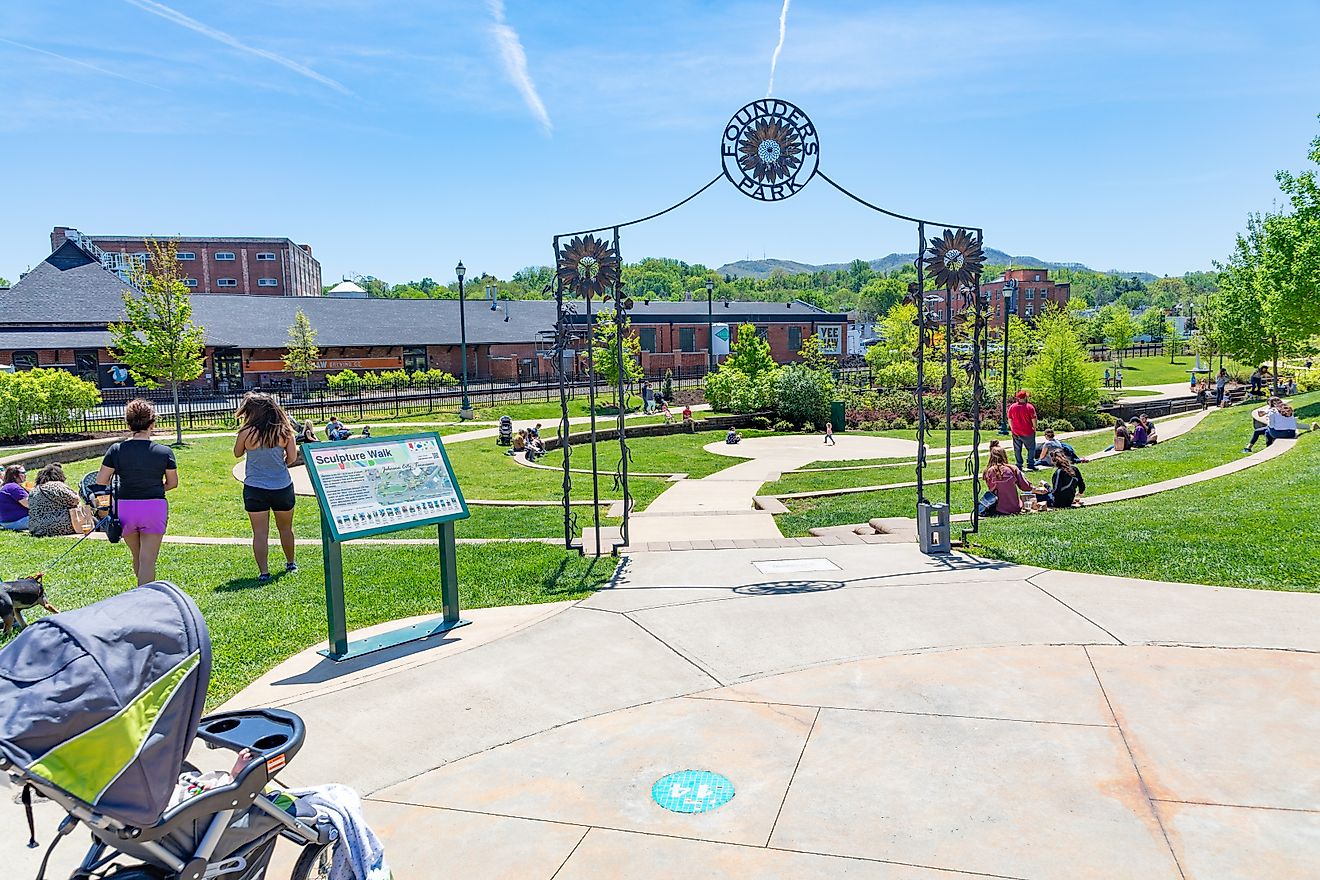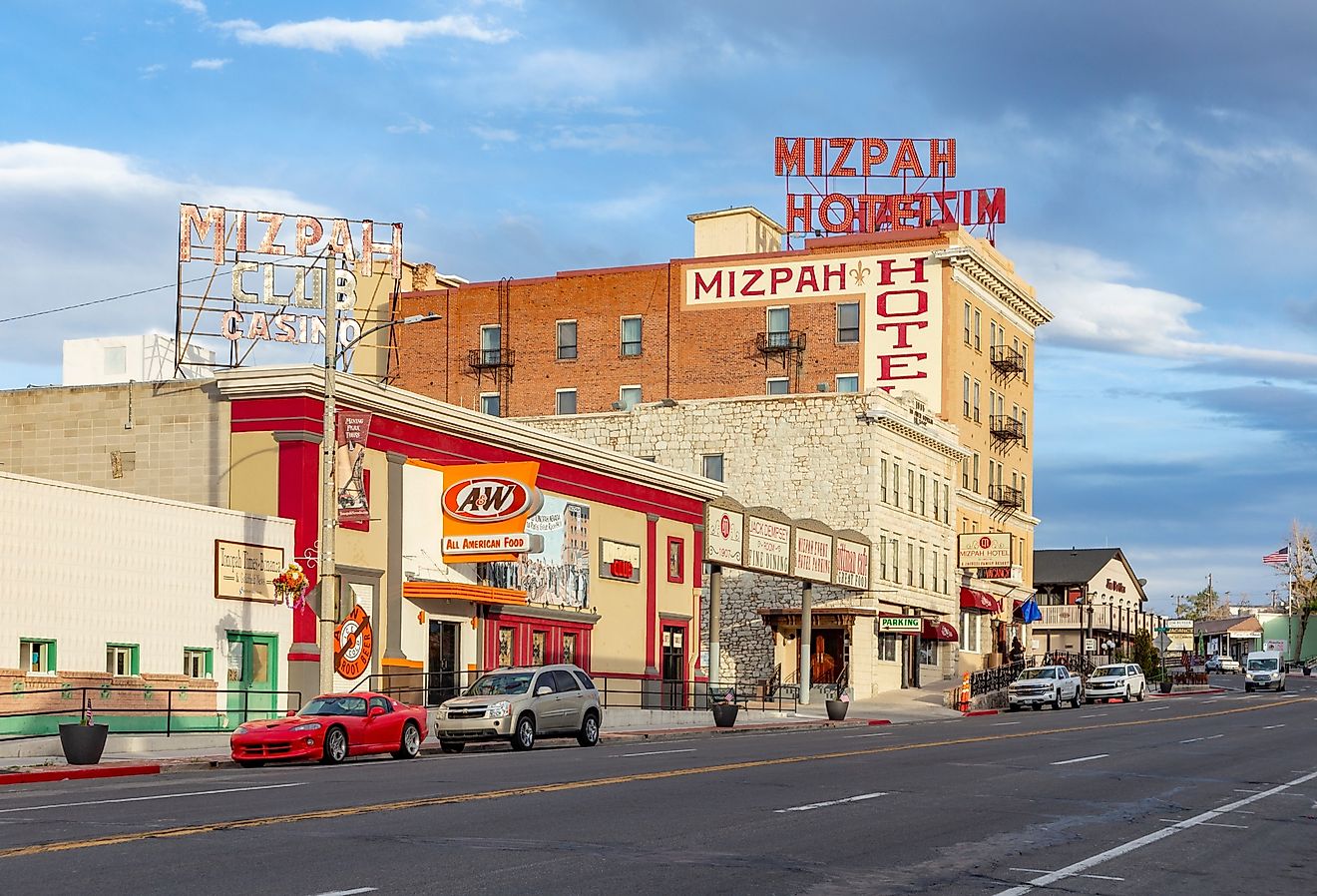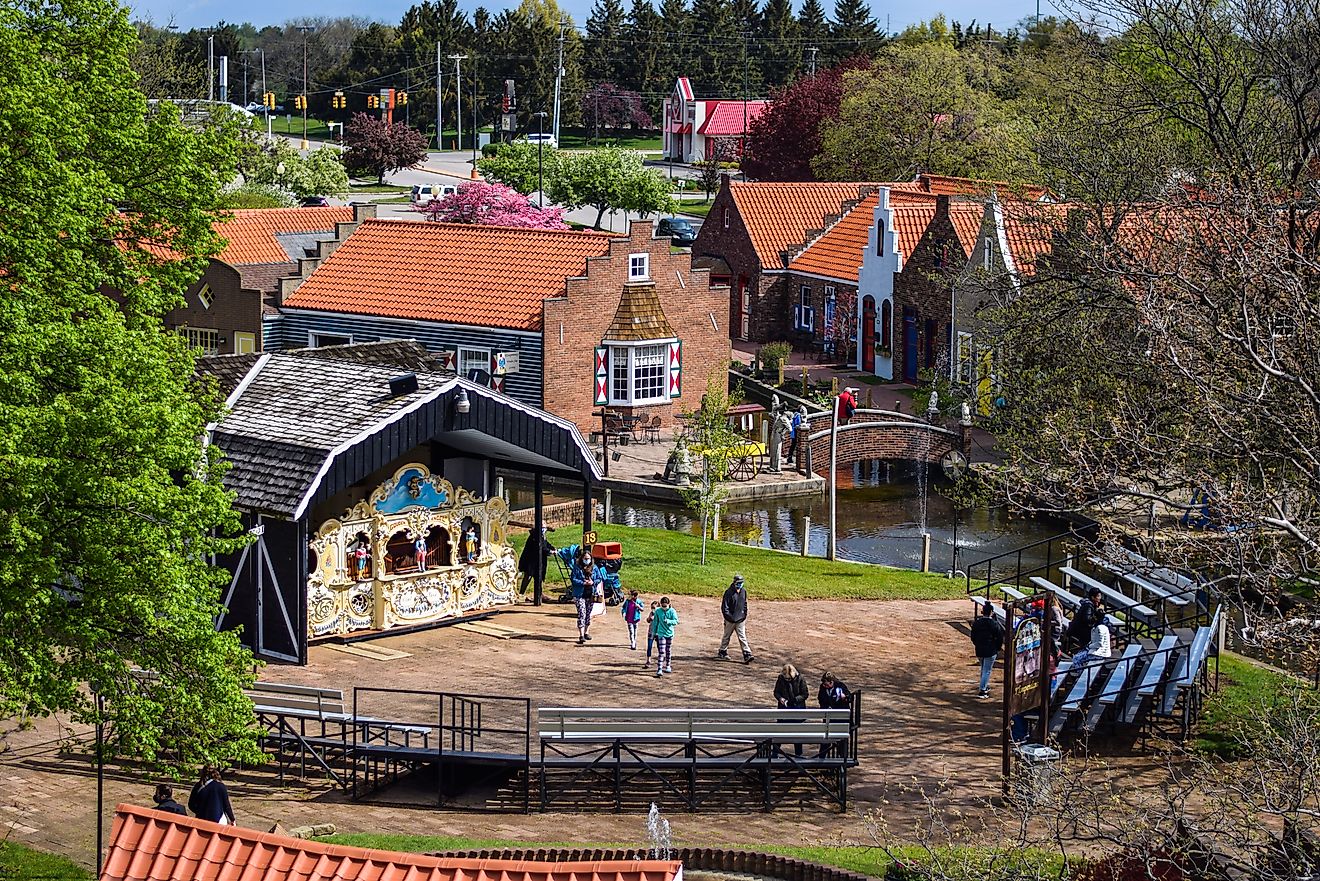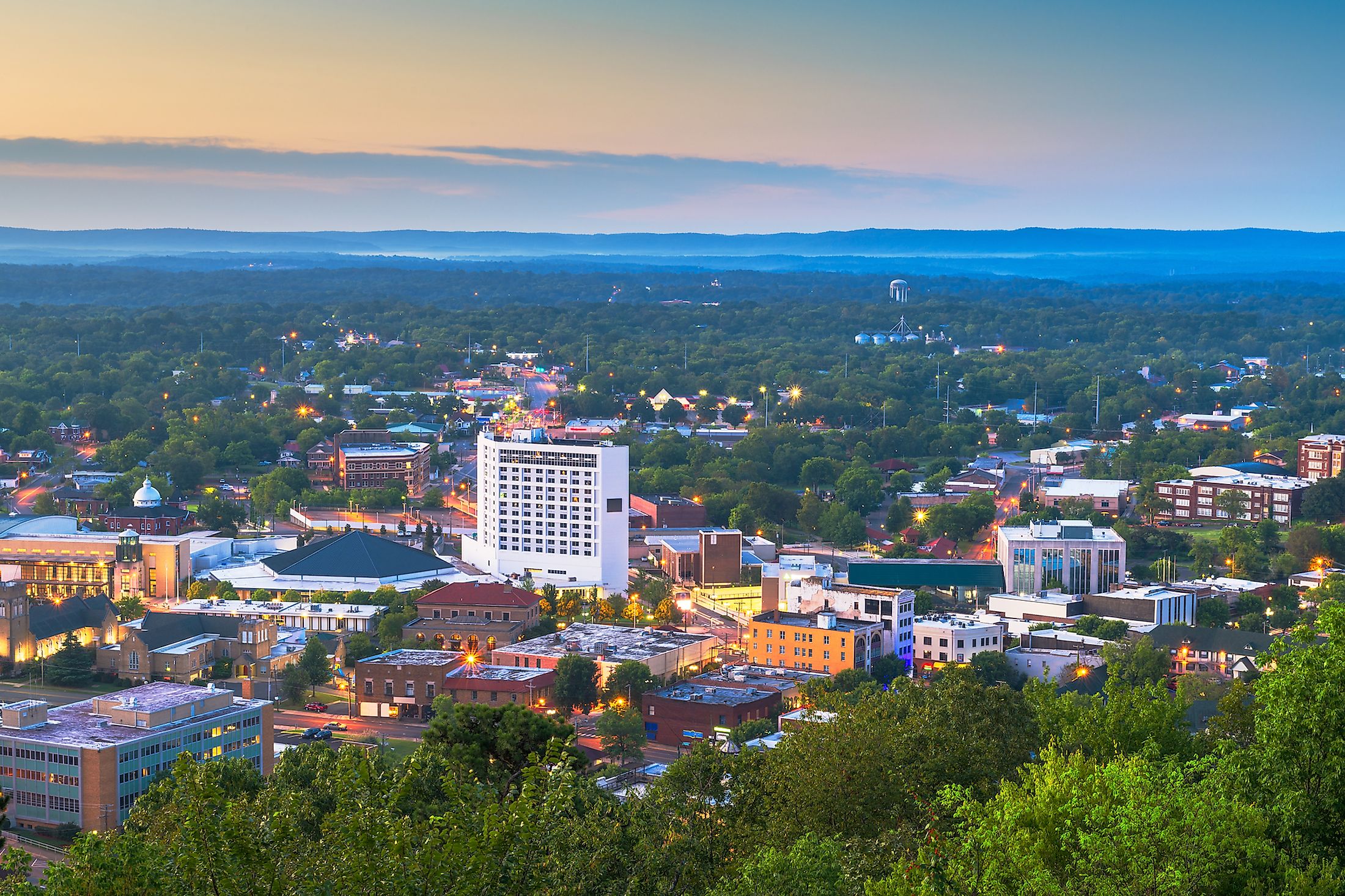
Hot Springs, Arkansas
Hot Springs is a city in the US state of Arkansas. It has the unique distinction of being the only city encompassed within a national park, the Hot Springs National Park. As the city's name implies, Hot Springs is home to natural thermal springs. These springs attracted people to the area long before the arrival of Europeans. Native Americans who lived in the area for thousands of years believed the springs' waters to have healing properties. Today, the waters of the hot springs are used by the city's famous spas and bathhouses. Hot Springs also boasts numerous other attractions, from museums to a natural environment suitable for people seeking an outdoor adventure.
Geography Of Hot Springs
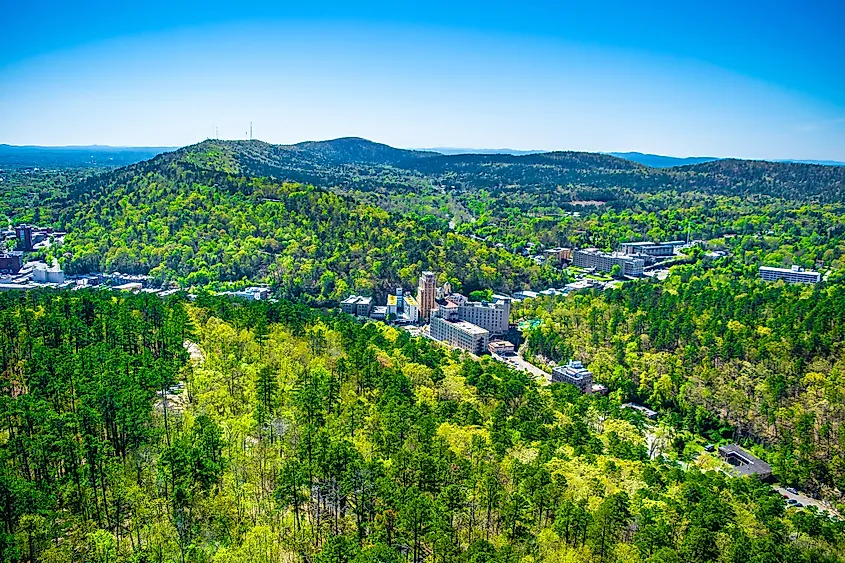
Hot Springs is located on the banks of the Ouachita River in central Arkansas. It is situated at the southeastern edge of the Ouachita Mountains and is 89 km southwest of Little Rock, the state capital. To the east of Hot Springs is the small town of Magnet Cove. Lake Catherine State Park is also located to the east, on the southern banks of the Ouachita River. Directly south of Hot Springs, across the Ouachita River, are the towns of Lake Hamilton and Red Oak. The town of Piney is located to the west of Hot Springs, while the communities of Fountain Lakes and Hot Springs Village are located to the north.
Within Hot Springs itself are two small rivers that flow through the city. One is Hot Springs Creek, which flows in the city's center. The other river, Gulpha Creek, flows through the city's far eastern section. Hot Springs is also home to several lakes. These include Bethel Lake, Dillon Lake, and Sanderson Lake in the north of the city and Redoak Lake in the city's south. The total area of Hot Springs is 91 sq. km.
Population Of Hot Springs
As of 2020, the total population of Hot Springs was 39,111. More than three-quarters of Hot Springs residents are white, of which 67.9% are non-Hispanic, and 6.5% are Hispanic. African Americans make up the second-largest population group in Hot Springs, at 17.1% of the city's total population. People of mixed racial heritage comprise 3.52% of residents in Hot Springs, while other Hispanics make up 2.2%, Asians 1.03%, and Native Americans 1.02%. Close to 90% of the city's population speaks only English, while 7.5% speak Spanish. Over 93% of Hot Springs residents were born in the United States. Around 58% were born in the city itself.
Economy Of Hot Springs
The average household income in Hot Springs is $54,905, while the poverty rate is high at 24.30%. The city's unemployment rate is 5.7%. The leading economic sectors in Hot Springs in terms of the number of employees are healthcare & social assistance, accommodation & food services, and retail trade.
History Of Hot Springs
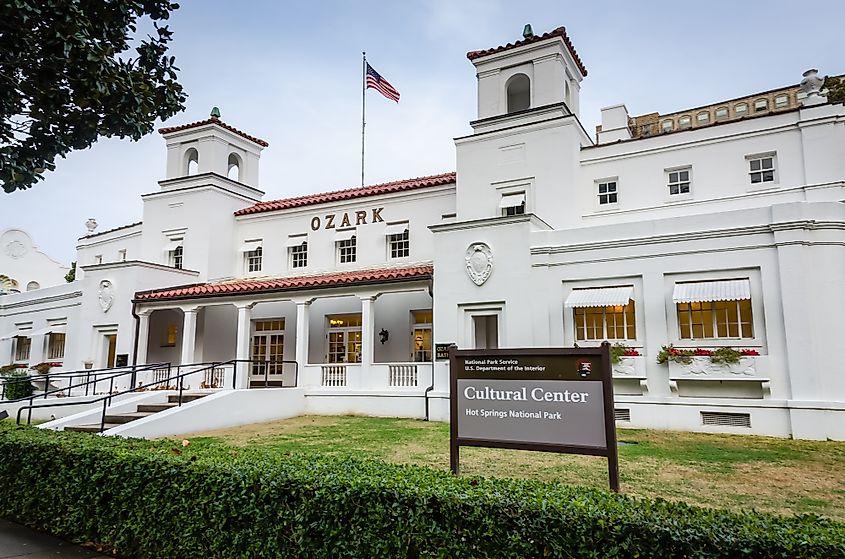
What is now Hot Springs was frequented by Native Americans for 10,000 years before the arrival of Europeans. The Native Americans, who called the area "the Valley of the Vapors," often visited the site to take advantage of the healing properties that were supposedly contained in the thermal waters of the area's 47 hot springs. The first European to visit present-day Hot Springs was Spanish explorer Hernando De Soto in 1541. In 1673, Frenchmen Jacques Marquette and Louis Joliet visited the area and claimed it for France. In 1763, following the Treaty of Paris, which ended the French-Indian War, the Hot Springs area came under Spanish rule. The French retook control in 1800 but sold the land to the United States three years later as part of the Louisiana Purchase.
In 1818, the indigenous Native American Quapaw people ceded their land, which surrounded present-day Hot Springs, to the United States. Fourteen years later, US President Andrew Jackson designated Hot Springs to be the country's first federal reservation. It effectively became the first US National Park, though it would not be given that official designation until 1921. Within a decade, Hot Springs transformed from a frontier town to a spa city centered on a row of Victorian-style bathhouses. However, during the American Civil War, most of Hot Springs' residents fled the town, never to return. The town itself was also severely damaged by fighting.
After the Civil War ended, though, Hot Springs was quickly rebuilt. The city underwent a construction boom of bathhouses and hotels. By 1870, the town's population reached 1,200. 1n 1874, a railroad was built connecting Hot Springs to Malvern, attracting even more people to the former. During the late 1800s and early 1900s, particularly during the 1930s, Hot Springs became infamous as a hotbed for organized crime, prostitution, and bootlegging. Thus, the city attracted some of America's most famous gangsters, including Al Capone, Frank Costello, Bugs Moran, and Lucky Luciano. It was only in the 1960s that the gangster culture in Hot Springs was put to an end following a federal government crackdown.
Attractions In And Around Hot Springs
Spas, Baths, and Everything Related
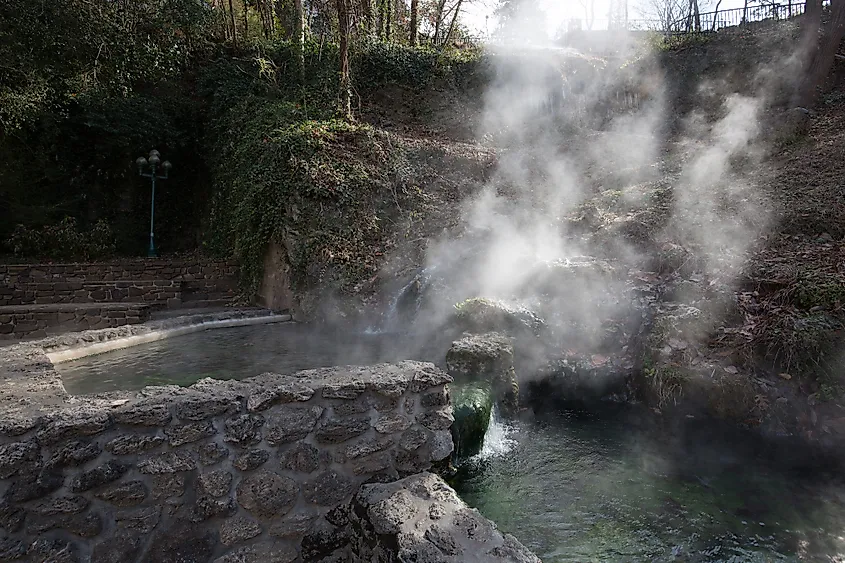
The most well-known attraction in Hot Springs is the thermal springs for which the city is named. Today, the water from these springs is used for the city's spas and baths. Some of Hot Springs' spas and baths are located in "Bathhouse Row," in the city's downtown area, directly across the street from the historic Arlington Hotel and Spa. There are also shops where visitors can buy spa and bath products such as hand-crafted soap, lotions, body scrubs, bath salts, and body washes.
Museums And Historical Sites
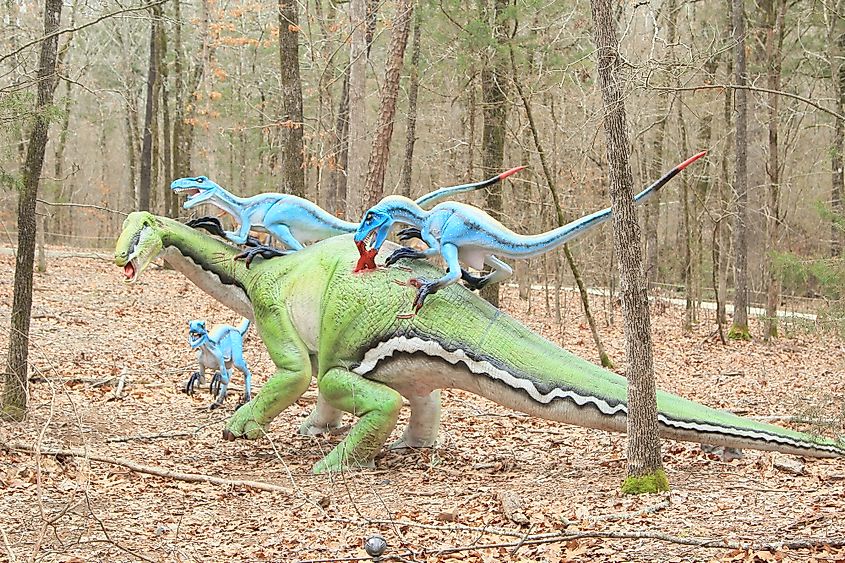
Among the museums and historical sites in Hot Springs is the Gangster Museum of America. As previously mentioned, Hot Springs was once very popular with gangsters. This museum is dedicated to telling the story of how some of the country's most notorious criminals coexisted with the city's ordinary citizens. Hot Springs' other notable museums and historic sites include the Mountain Spring Valley Water Museum, the Josephine Tussaud Wax Museum, the Garland County Historical Society, the Mid-America Science Museum, the Lamar Bathhouse, the Galaxy Connection, and the Fordyce Bathhouse Museum & Hot Springs.
Outdoor Attractions
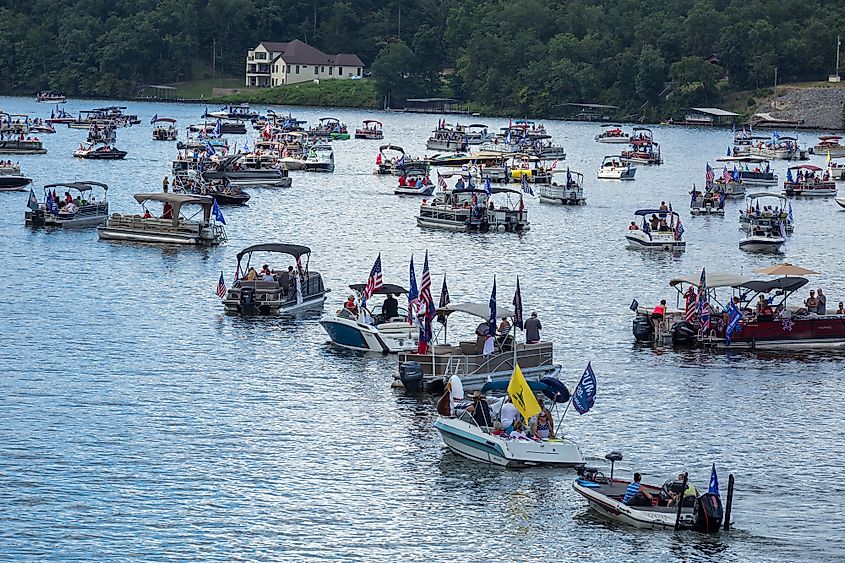
Since Hot Springs is located in a national park, it should be no surprise that it is a perfect destination for outdoor adventures. Some outdoor attractions in and around Hot Springs include the Hot Springs Country Club, Hot Springs Farmer's & Artisans Market, the Arkansas Alligator Farm & Petting Zoo, Cedar Glades Park, and Degray Lake Resort State Park. Popular activities in the area include horseback riding, hiking, zip-lining, fishing, boating, and other watersports.
